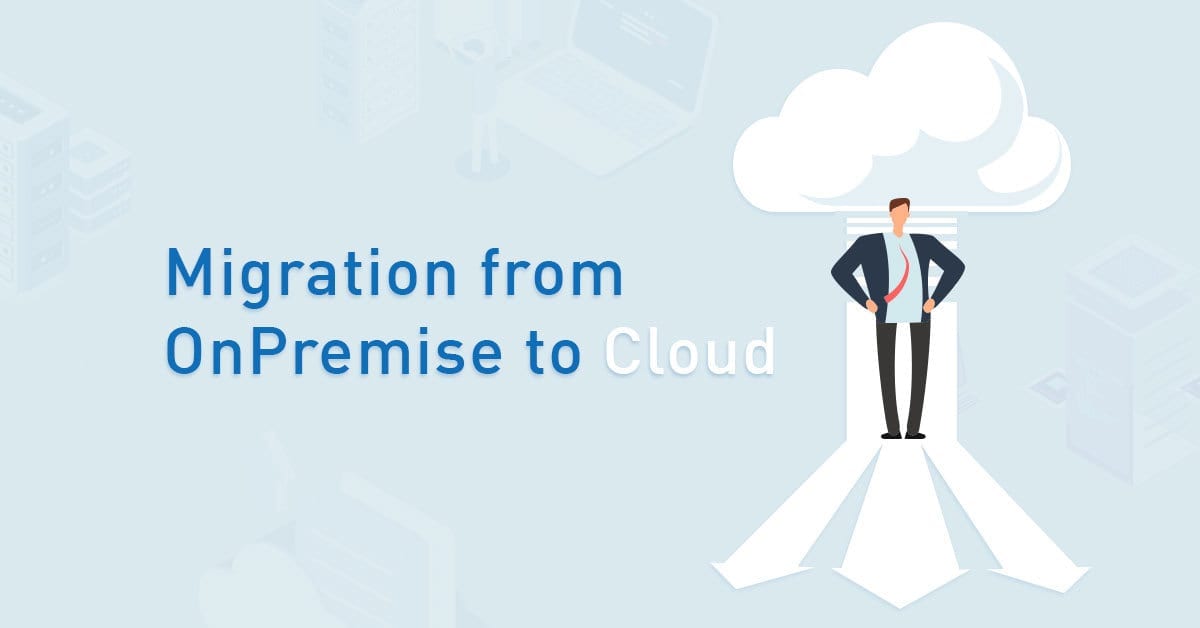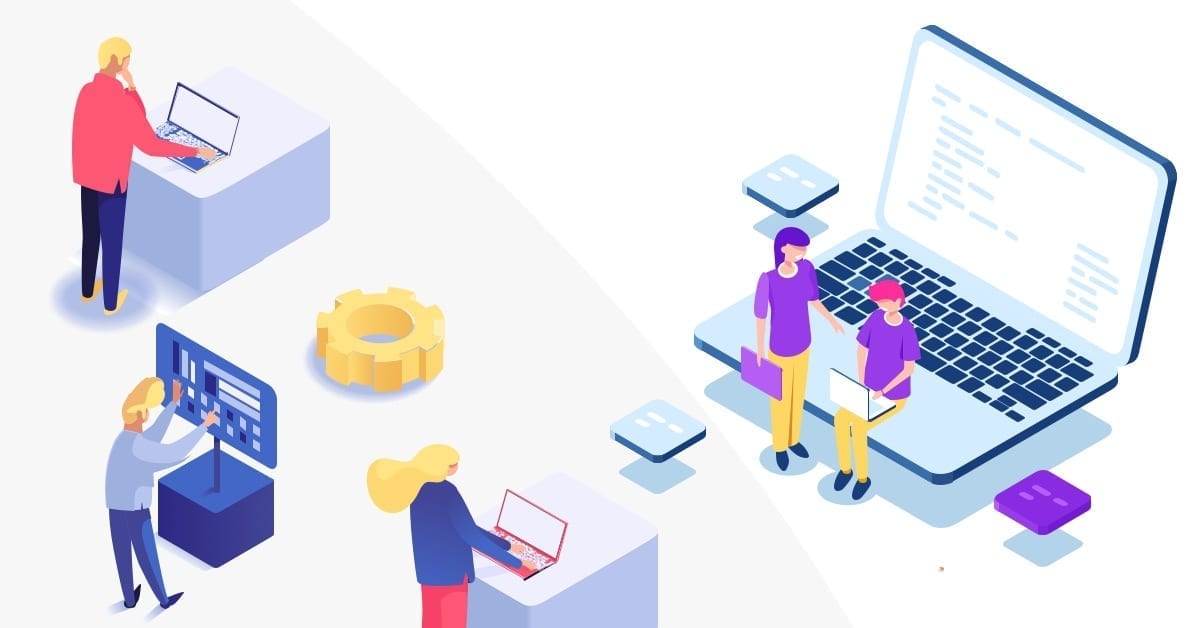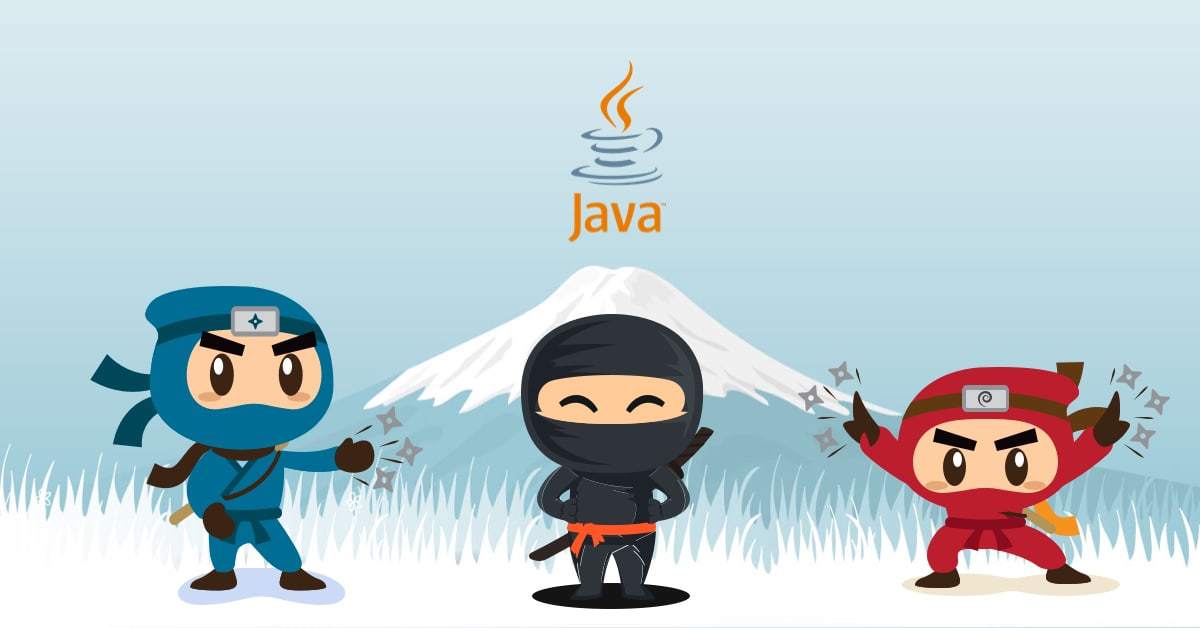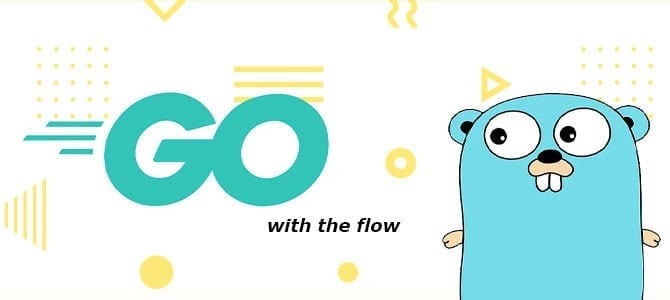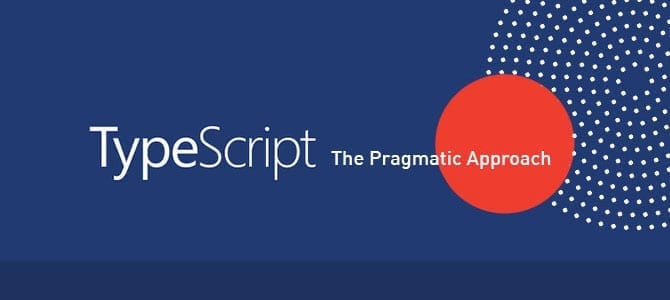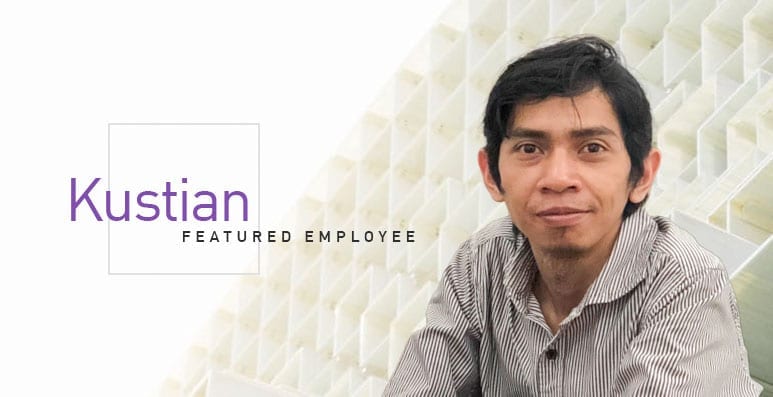What is Agile Coaching?
When discussing Agile, we often hear the term coaching and other Agile techniques such as facilitation and mentoring. Coaching is one of the tools used in developing people and teams in Scrum and other Agile methodologies. However, coaching can be confused with managing, especially for those from a traditional management background. By looking at the word’s etymology, we can better understand its true meaning.
The word coaching came from the Hungarian word kocsi, which means a carriage from Kocs. Kocs was a village in Hungary known for the ability of its local cartwrights to produce quality carriages. Coaching came from this transportation background and means “transporting people to where they would like to be.” We can see it as a metaphor to be applied in other contexts as giving guidance and support to individuals in their development to achieve their goals. “Coaching” was first used as slang in education to describe an instructor who “carried” a student to pass an exam. It was then applied in sports, thanks to Tim Gallwey, the author of a piece titled “The Inner Game of Tennis,” where the “inner” refers to the player’s mental state. Later, the term “coaching” became adopted in other industries.
Agile Coaching
When implementing Agile methodologies, we must understand the role of the Agile coach. Agile coaching is crucial in educating the team on the use of Agile principles and processes. To understand why Agile coaching is necessary, we need to go back to the history of the development methodology itself, where previously, “Waterfall” and “Plan First” methodologies dominated the software development world.
In 2001, the Agile Manifesto was introduced by 17 well-known software engineers who were experts in lightweight development methodologies. It has been 22 years since the Agile Manifesto was first introduced, and Agile is now mainstream. However, transforming the thinking and developing the skills of software engineers, testers, product owners, and organizations in implementing Agile methodologies can be a challenging task. This is the reason for the rising demand for Agile coaching.
Managing vs. Coaching
While managing is directing, coaching is improving the individual or team’s skill and thinking process through active listening and thought-provoking questions. Coaching involves offering guidance to the team, not meddling or tightly controlling them for short-term gains. Coaching is the first step on the Agile journey. The coach may then take on different roles to teach, mentor, train, and facilitate as needed. Agile coaching is done by cultivating the team’s mindset on Agile values and principles.
For example, one of the Agile values is “working software over comprehensive documentation.” Some organizations may have a tradition of writing comprehensive documentation for all software development projects. With Agile coaching, while not directly interfering with the practice of documentation, the coach will need to be able to transform the team’s thinking on this by asking about the importance of having good documentation versus working software.
Early Adopters vs. Late Adopters
In any transformation, there are early adopters and late adopters. The challenge is to transform the fixed mindset of the late adopter to become more flexible and accept the new way of thinking. It requires a skilled Agile coach to achieve this goal.
Improving the team and individual maturity in Agile values and principles is the main objective of Agile coaching. Coaching enables the Agile development team to achieve its full potential. The skill is in putting together a disparate team of developers, testers, and product owners, assisted by a Scrum Master, to become a self-managing Agile team with Agile principles and values, where everyone knows their role and function.
Closing Thoughts
For an organization to fully transform into an Agile organization, Agile coaching is essential. The coach serves as an objective party to help navigate common roadblocks and pain points in the adoption process. Before they leave, the goal is to have a fully functioning Agile team energized and ready to embrace the methodology.
Author: Rommy Rempas, Engagement Manager




